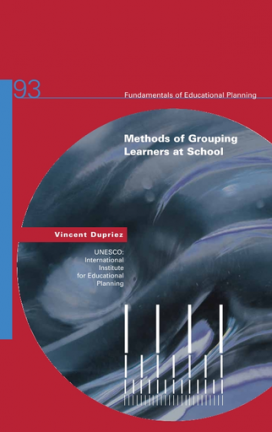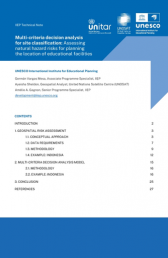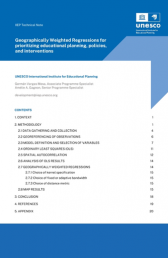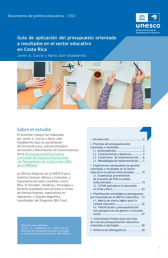
Languages
English, French
Series
Fundamentals of educational planning, 93
Year
2010
Pages
99 p.
ISBN
978-92-803-1349-9
About the publication
How should classrooms be formed in a school? What criteria should be used for dividing students up between schools and classes? When is tracking/streaming and ability grouping appropriate in a school system? This book addresses each of these questions without proposing a definitive reply. The author reviews the research of the past decade in order to evaluate the impact of class composition on students. learning. The question of equality of opportunity is also addressed. Although it is one of the fundamental principles of every educational project in the democratic countries, what are the real learning opportunities offered to students? Among the factors that make these opportunities differ between schools, or even between classes, researchers have long studied the question of the influence that each pupil or student has on his or her classmates . the so-called .peer effect.. But this book presents a more complex analysis of the problem. Going beyond peer effect within classes, it considers the subtle and sometimes unintentional process of adapting the teaching level according to the level of the school, which can lead to inequalities. Beyond a review of the research carried out on these issues, the author tackles related issues of administration and education policy.









